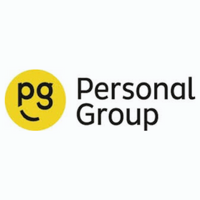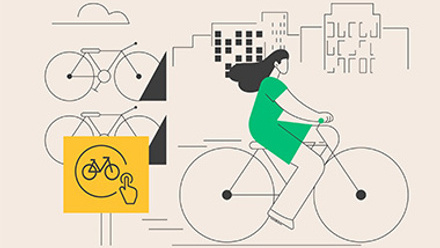Increasing the use of voluntary benefits

When I arrived in this industry in 2012, one of the most challenging (and surprising) things I found out when talking to HR directors and reward professionals was the way they viewed voluntary benefits. They talked about participation rates of 20% being good. That surprised me because that means that their definition of “good” was four out of five employees not getting or using that benefit. It seemed crazy that you would invest all the time, effort and energy in designing, launching and running a voluntary benefits programme that only one in five people would ultimately use. That led me to question: why is 20% deemed ok? And equally importantly, why is it only 20% in the first place? Why can’t we expect 80% of employees to gain from these progammes?
So whenever I met with HR and Reward professionals I would ask why employees would not be interested in participating in voluntary benefits schemes. Three key themes particularly interested me. Firstly, was the benefit not significant enough? I worked out that if voluntary benefits were embraced and used effectively, the savings would be in excess of £1,000 per annum. According to the Office for National Statistics the median weekly earnings in May 2015 was £492 per week that is £25,584 a year. This means that an effective use of a voluntary benefits programme delivers what is in effect a 3.9% pay rise. So the savings are significant enough, particularly in the current climate of low real pay increases.
Secondly, there is a real challenge around awareness. It was clear that often employees don’t know what they can get. They will only find out because another employee has booked a holiday and has got a discount or they see someone else using a re-loadable card when they go for lunch. When I looked at the schemes, some of them were launched but never brought alive. You can have the best VB programme in the world, but if nobody knows about it, it is destined to fail. So, are those organisations which really work on their communications using an omni-channel approach (online, offline, internet, mobile, face-to-face) getting higher participation rates? The short answer was ‘yes’. But even in companies where they did work quite hard on awareness they still weren’t at the level of take up that I would expect. This led me to my third area of exploration: if employees are aware of the benefits, and the savings are significant to them, then why are they still not using them?
In the course of my research into answering this question, I came across the most insightful part yet. People feel they don’t know HOW to access the savings – they have not had the systems explained to them. And even then, when it has been explained, many employees fall at the very last hurdle because it is “too hard” – in other words there is a drag on people participating. At Personal Group, we coined a way of explaining this to help us understand the problem. We feel that the harder a benefit is to obtain, the less likely people are going to use it. This feeling, which is best encapsulated as people “not being bothered” enough to use it, we have coined the “CBB coefficient”.
The more difficult a benefit is to obtain the less likely someone is to obtain it. Too often, the way we obtain the voluntary benefit is inversely proportional to the way we live our lives. We are much more accustomed to impulse and to living in the moment. Generation Y, in particular, expect instant delivery yet employee benefits have often been a considered purchase activity.
We firmly believe that voluntary benefit providers need to focus on four key areas to achieve greater employee participation. Firstly make employees aware of the programme. Create an omni-channel approach to build awareness and understanding. This means using online, offline, face-to-face, mobile, desktop, and posters to communicate.
Secondly, the solution will inevitably have a digital connection and include a web platform. But the web platform needs to be simple and easy to understand and be straightforward to use. Too often platforms overcomplicate the employee journey online. The new Personal Group platform, hapi, highlights ten key shopping offers because we know that 92% of spend is with those ten retailers. We challenge the fact that you need to make each of our 10,000 offers the same. Employees just want things to be simple and easy to use.
Thirdly, give employees an emotional attachment to your approach. When you are implementing a programme don’t just think about the technical delivery of it, but think: how does using this make our employees feel? Your aspiration should be for people to feel happy when they use it, which will increase usage and participation.
And finally, design an approach where the savings are instant and easy to obtain. At Personal Group we achieve this by using card linking and e-Vouchers. This mirrors the way we live our lives now: saving instantly, not waiting a week for a pre-loaded plastic card or voucher.
In addition to these four areas, you need to put mobile at the heart of your benefits strategy and not at the end. Ofcom’s Media use and attitudes 2015 report found that 66% of adults used a smartphone in 2014, up from 30% of adults in 2010.
And if you think that your employees don’t have access to the latest technology to allow them to access these programmes, there are many schemes out there, such as bring your own device or salary sacrifice smart phones, that make it easy for employees to gain access to your well designed and thought through programme. David Walker is Personal Group’s Chief Commercial Officer and Let’s Connect’s Managing Director. Previously David held roles at Barclays, BskyB and Dyson
This article is taken from Personal Group’s Special Report entitled: The Future of Employee Benefits: Engaging Staff in a Digital Age. Click here to read the full report.
Supplied by REBA Associate Member, Personal Group
Personal Group provides the latest employee benefits and wellbeing products.







